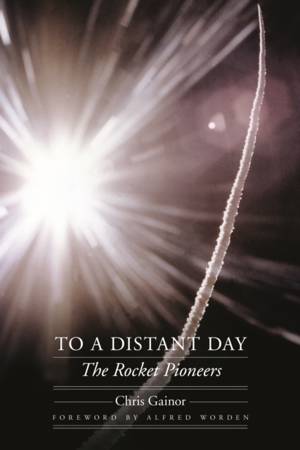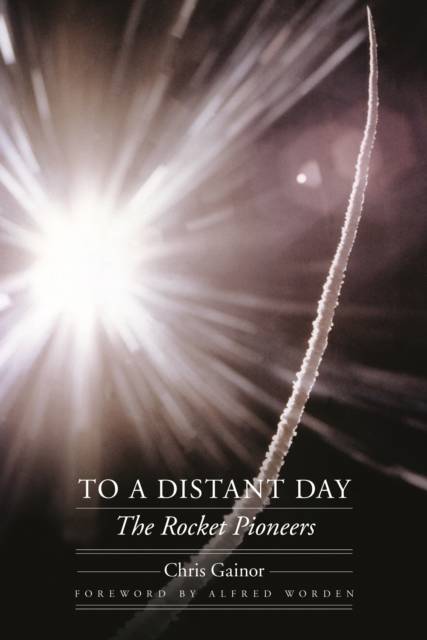
- Retrait gratuit dans votre magasin Club
- 7.000.000 titres dans notre catalogue
- Payer en toute sécurité
- Toujours un magasin près de chez vous
- Retrait gratuit dans votre magasin Club
- 7.000.000 titres dans notre catalogue
- Payer en toute sécurité
- Toujours un magasin près de chez vous
Description
"As someone who has been teaching a course on space exploration for many years and has visited most of NASA's space centers, I have found plenty of new and valuable material in To a Distant Day. . . . I recommend the book to all who wish to know more about the conditions, people, and discoveries between 1890 and 1960 that led to the space age."--Pangratios Papacosta, Physics Today
Although the dream of flying is as old as the human imagination, the notion of rocketing into space may have originated with Chinese gunpowder experiments during the Middle Ages. Rockets as both weapons and entertainment are examined in this engaging history of how human beings acquired the ability to catapult themselves into space.
Chris Gainor's irresistible narrative introduces us to pioneers such as Konstantin Tsiolkovsky, Robert Goddard, and Hermann Oberth, who pointed the way to the cosmos by generating the earliest wave of international enthusiasm for space exploration. It shows us German engineer Wernher von Braun creating the V-2, the first large rocket, which, though opening the door to space, failed utterly as the "wonder weapon" it was meant to be. From there Gainor follows the space race to the Soviet Union and the United States, giving us a close look at the competitive hysteria that led to Sputnik, satellites, space probes, and--finally--human flight into space in 1961.
As much a story of cultural ambition and personal destiny as of scientific progress and technological history, To a Distant Day offers a complete and thoroughly compelling account of humanity's determined efforts--sometimes poignant, sometimes amazing, sometimes mad--to leave the earth behind.
Spécifications
Parties prenantes
- Auteur(s) :
- Editeur:
Contenu
- Nombre de pages :
- 264
- Langue:
- Anglais
- Collection :
Caractéristiques
- EAN:
- 9780803245211
- Date de parution :
- 01-07-13
- Format:
- Livre broché
- Format numérique:
- Trade paperback (VS)
- Dimensions :
- 155 mm x 215 mm
- Poids :
- 376 g







